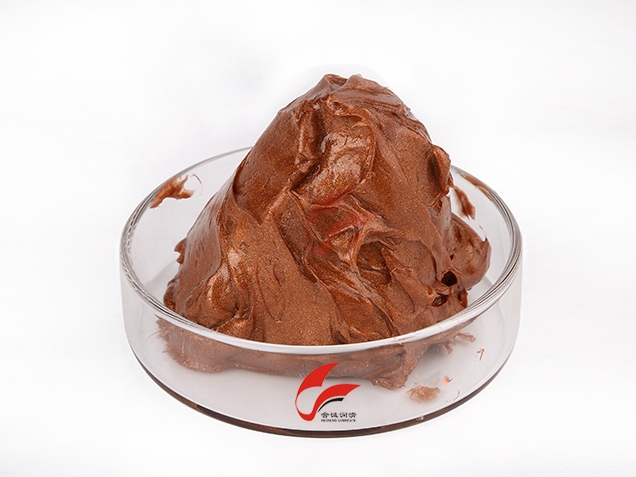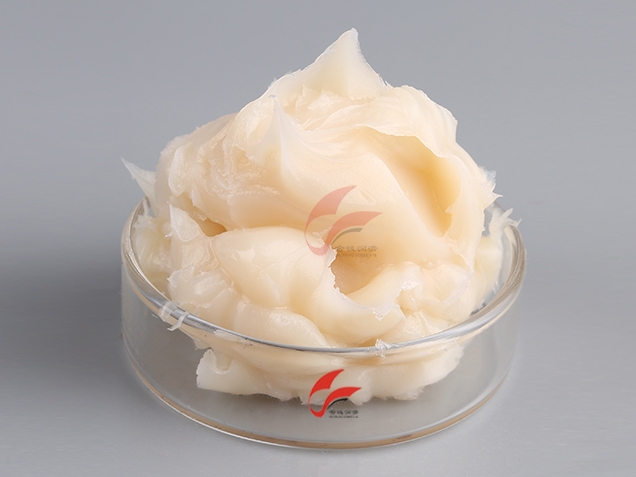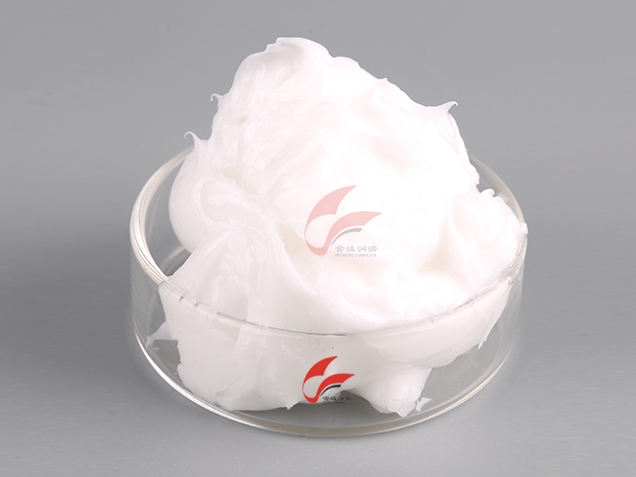How to distinguish the quality of grease?
2020-11-16 14:20:43
With the increasing use of lubricating greases, the brands and origins of lubricating greases on the market are diverse, and the product quality is also uneven, and most buyers and users lack professional testing instruments, making it difficult to distinguish lubricating greases Whether the quality is good or bad, let me tell you how to distinguish the quality of grease without testing equipment?

1. Look at the appearance of the grease: Different types of grease have different colors, but no matter what color the grease is, it should be a viscous and uniform paste. If the color of the grease is different or the epidermis is hardened, the surface of the grease has more oil slick or the consistency is obviously reduced, or the surface of the grease is emulsified and turned white due to mixing with water, etc. These phenomena indicate that the grease has deteriorated and cannot be used. .
2. Look at the production date of the grease: under normal circumstances, the storage time of the grease should not be too long, the user should choose the grease with a storage period of no more than one year, and the grease with a storage period of more than one year should be tested and qualified before use. .

3. Smell the grease: If you smell the obvious odor of oil and acid corruption when you open the package, it means that the grease has deteriorated and cannot be used.
4. Dry in the sun: Take a piece of grease and put it in a cup and let it dry in the sun for a day or two. If the fat body changes greatly, oil separation or discoloration occurs, it indicates that the performance of the grease is unstable and cannot be used.
5. Water adding method: Take a small amount of grease and put it in the cup, add a few drops of water on it, and then stir it with a glass rod. If it appears cloudy or white, it means that the grease is easy to emulsify, not water-resistant grease.
6. Hand twisting: When twisting the grease without fillers by hand, the hand feels smooth and there is no thorn; otherwise, the thickener may be unevenly dispersed or mixed with impurities, and this kind of grease cannot be used. However, the grease with filler powder has a slightly rough hand.

7. Burn with fire: Pick up a piece of grease with an iron wire, and then burn it with a lighter. If the grease softens and drips, it means that it is an inferior grease with a too low dropping point and cannot be used. It should be noted that this method can only identify low-quality grease with a low dropping point, because the temperature of the lighter flame does not exceed 120-130 °C, and the dropping point of most greases exceeds this temperature, so use a lighter to burn it. Neither will drip.
The above methods are aimed at how users should distinguish the quality of grease among many greases without testing instruments, so as to facilitate user detection.

